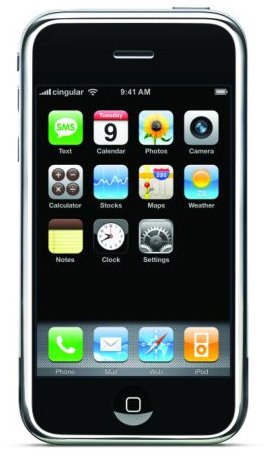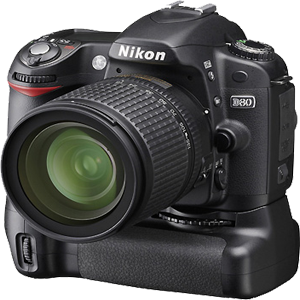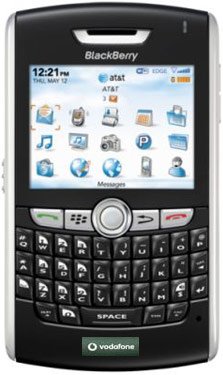The good: The Samsung Chromebook Series 5 is a small, attractive Netbook with long battery life, true instant-on Web access, and enough computing to use the Internet.
The bad: The Series 5 is expensive for its features and abilities, and using it can be frustrating depending on your wireless signal strength.
The bottom line: Despite solid hardware, great battery life, and fast start-up, we can't recommend the Samsung Chromebook Series 5 until and unless Google improves the Chrome OS.
For anybody who loves tech and gadgets, it's not hard to see the appeal of the Samsung Chromebook Series 5. It's a small, good-looking, affordable laptop the whole purpose of which is to keep you connected to your life online. It's even more attractive to those of us who have stopped using programs like Microsoft Office in favor of Web-based apps like Google Docs and Gmail. Add in the promise of all-day battery life (all workday, that is), seamless built-in security, invisible OS and app updates, and instant-on performance and it all sounds pretty good.
Even turning the Series 5 on for the first time is cool. Open the lid and the screen lights up. The start-up process is nearly as brief: connect to Wi-Fi, accept the OS terms, sign in to your Google account or create a new one, pick an image to associate with your account or shoot one with the Webcam, and you're done.
There's a brief touch-pad tutorial, but that's it and you're ready to start using the Web. Since everything is Web-based there is a refreshing lack of bloatware. Clicking the Home button in the browser brings you right to your collection of Chrome Web apps, which are just bookmarks to sites. The experience is actually enjoyable, especially if you already have a Google account set up. Because everything is synced, your stuff just shows up.
Price as reviewed / Starting price | $499 / $429 |
Processor | 1.66GHz Intel Atom dual-core N570 |
Memory | 2GB, 1,333MHz DDR3 |
Hard drive | 16GB solid-state drive |
Chipset | Intel NM10 Express |
Graphics | NM10 Graphics Chipset (integrated) |
Operating System | Windows 7 Home Premium |
Dimensions (WD) | 11.6 x 8.6 inches |
Height | 0.8 inches |
Screen size (diagonal) | 12.1 inches |
System weight / Weight with AC adapter | 6.2/6.9 pounds |
Category | Mainstream |
And that goes for anyone who uses the Series 5. Should someone else want to use it, you just log out and that person can either work as a guest or sign in with his or her own Google account. Users can be removed as easily as they're added, too, so there's never any fear of someone else looking at your personal files or sites.
After a little use, though, the Chromebook's shine starts to wear off. For us it started when we needed to open a ZIP file and were greeted with an unsupported file format error. That left us searching for a Web site that would open compressed files. Something that on a Windows or Mac system takes a couple of seconds to do, on a Chromebook requires finding a site, uploading the file, waiting for the file to be processed, and then downloading the file. We then needed to edit a photo, which yet again required uploading to a site, waiting for the photo to be processed, editing the photo, and downloading it from the site.
And then there's the issue of needing an Internet connection for just about everything. Yes, there are offline apps in the Chrome Web Store, but many of them are games (bad ones at that). As of right now, Google Docs is online only and other options like Zoho Writer need the now defunct and unsupported Google Gears to work offline. Google says Docs, Calendar, and Mail will all be available this summer, so that's something; we'll re-evaluate this review when this offline support rolls out. But for other tasks that require or simply work better when installed on the computer, you're out of luck. For more information on the ins and outs of using the Chrome OS, check out our full review.
So what happens if you lose your Internet connection in the middle of working in Google Docs? Well, nothing, really. As long as you don't close the tab you're on, you probably won't lose your work, and as soon as you regain a connection it will automatically save. Still, you won't be able to keep working while offline, which, if you're traveling, can lead to a lot of downtime. Verizon 3G mobile broadband service is included with the $499 Series 5 (the Wi-Fi-only version is $429), so you do have that as a backup (not very helpful if you're in a spot without coverage, though). You get 100MB a month of data service included for two years. You can also get unlimited access for $9.99 a day or 1GB for $20, 3GB for $35, or 5GB for $50 a month. There's no contract, so if you need more or less data one month to the next, you can change it or just stop all together.
Samsung Chromebook Series 5 | Average for category [Netbook] | |
Video | VGA | VGA |
Audio | headphone/microphone jack | headphone/microphone jacks |
Data | 2 USB 2.0, SD card reader | 2 USB 2.0, SD card reader |
Expansion | None | None |
Networking | 802.11 b/g/n Wi-Fi, 3G mobile broadband | Ethernet, 802.11 b/g/n Wi-Fi, Bluetooth |
Optical drive | None | None |



